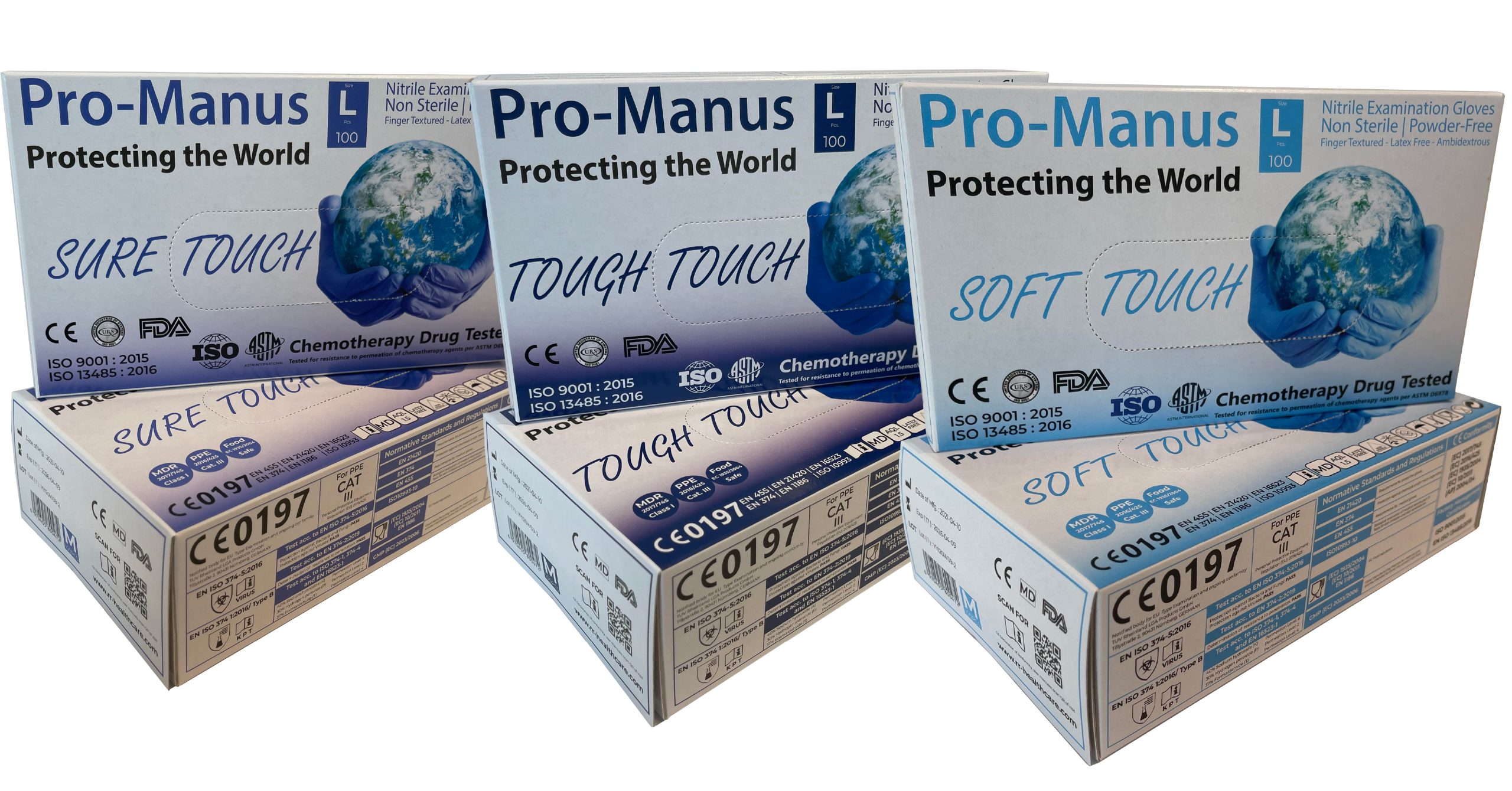Pro-Manus Product Packaging Box Design

MYFUNDBOX Subscription Billing
December 15, 2021
Woocommerce Shopping Portal
September 8, 2020
Product Packaging Box Design
Product packaging is what most people think of when they think of packaging: it’s the box the toy comes in, the bottle with a label, the tag on a garment, the wrapper of a candy bar.
Each one of these layers of packaging gives you a chance to tell a part of your story.
Everything always comes back to this! If you are selling something liquid, that’s going to limit your options. (Though don’t let this stifle your creativity! Look at Capri Sun: they turned the juice-box industry on its head by creating a juice-sachet. Or Go-Gurt, which took yogurt from a spoon-required snack to one you could suck out of a packet.)
Project Hours
Reviews
On Time Delivery
Brand requirements
If you already have the CMYK values or Pantone Matching Values (PMS) colors include those as they’re specifically for printing. (If not, a hex code is fine, too.)
Make sure you have the proper fonts and any specific usage instructions (like kerning or weight).
If you need to put a logo on the package, make sure you have a vector file available.
Create your information architecture
Dielines
If you’re going with a standard-sized box or label, printers should be able to provide dieline templates that can be shared with a designer.
File-format requirements
Your printer will need a vector file. Does it need to be a layered file? Should you include cut-lines or not? Your designer should supply a print-ready file (usually an Adobe Illustrator (.ai), Photoshop (.psd), PDF or EPS). You may not be able to open these files if you don’t have the right software, but your printer will be able to. The designer will also supply visual mockups in a PNG or JPG format (which everyone can open). Make sure you understand which file types are what so you can supply them to the right people.
Color options
Some printers are going to be able to color-match to any Pantone color. Others (especially less-expensive options) are going to have a limited color palette for you to work with.
Digital vs. offset printing
Which type does your printer use? If they do offset, what is the minimum order number? How do the costs scale?
Think back to those 3 questions, specifically who’s buying your product and where are they finding it. You’re going to use that to create the information architecture for your package.



